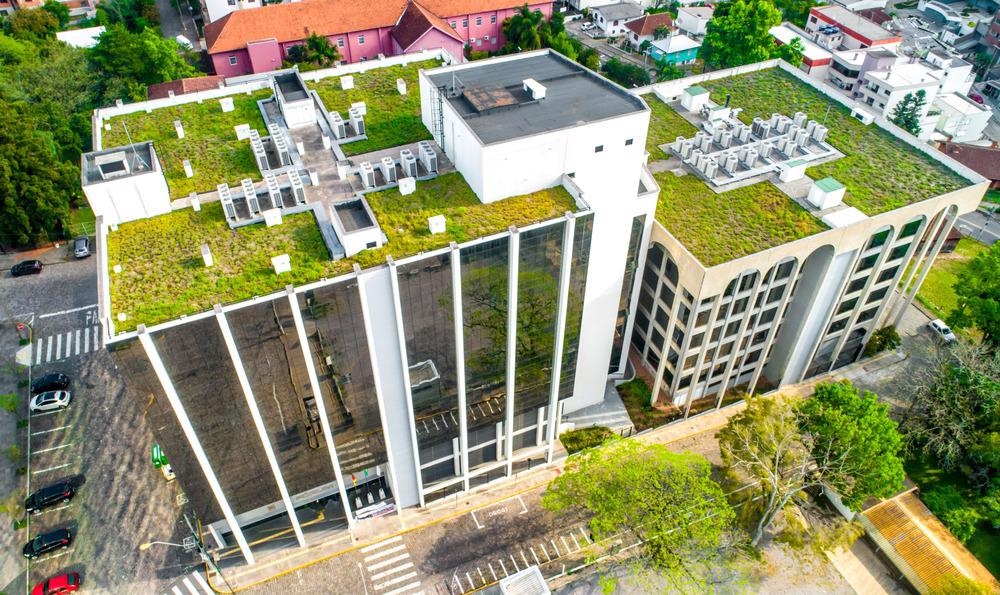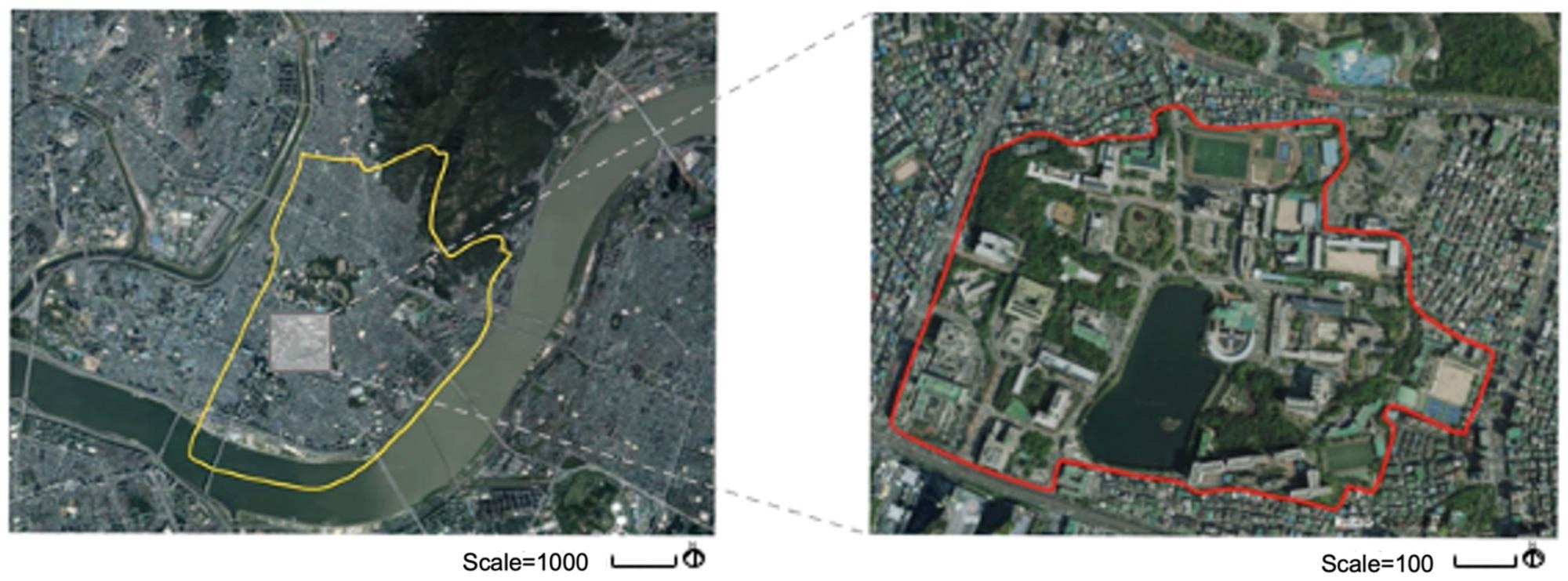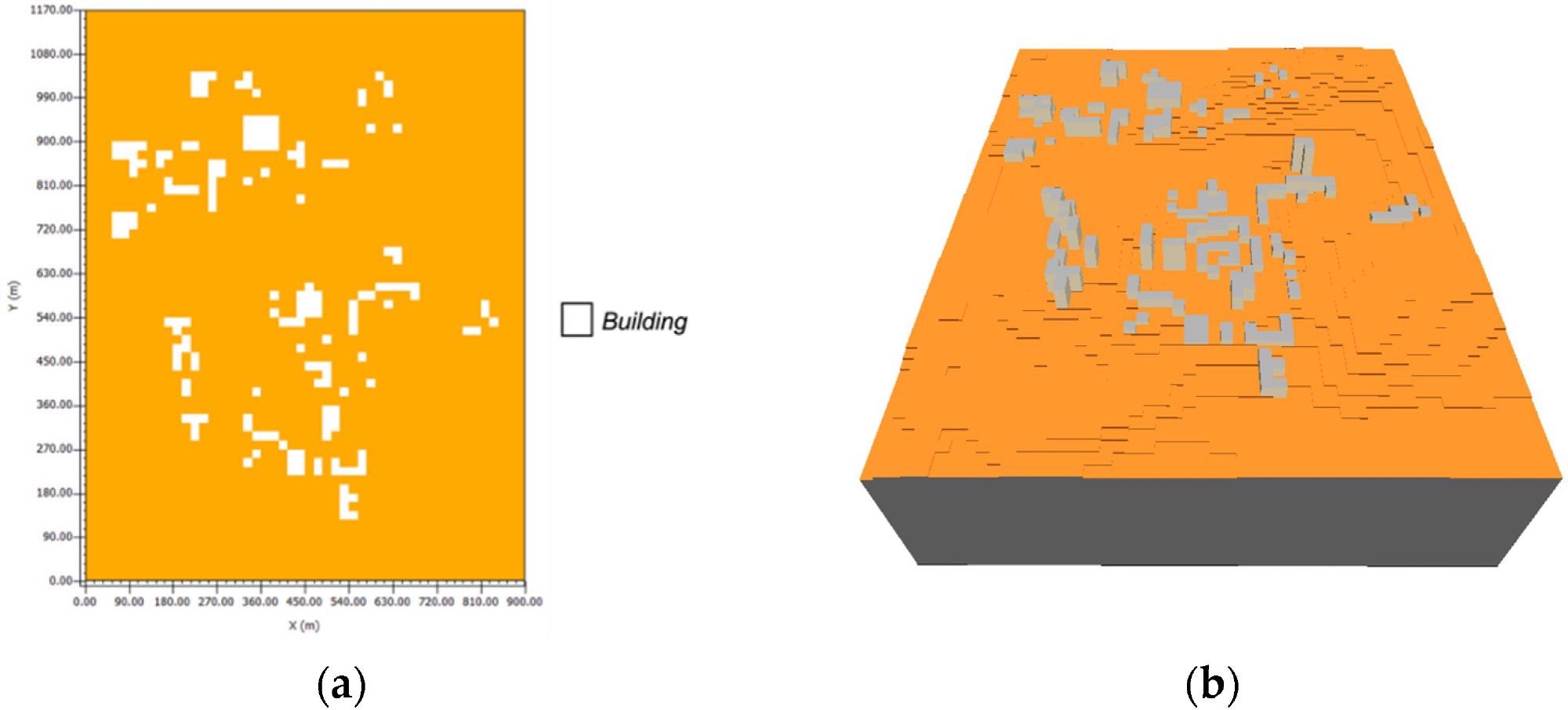Green roofs are a key tool in the reduction of the phenomenon known as the ‘urban heat island effect’, an increasingly common scenario where cities replace vast areas of natural land cover with dense areas of buildings, pavements, and other features which absorb and retain heat.

Study: Efficient Plant Types and Coverage Rates for Optimal Green Roof to Reduce Urban Heat Island Effect. Image Credit: Lucas Eduardo Benetti/Shutterstock.com
A new study presented in the Sustainability journal aims to evaluate and highlight the tangible impact of green roofs in addressing these urban heat islands by using a series of simulations and computer models to more accurately simulate these effects than previous studies have been able to.
Urban heat islands occur in environments where urban temperatures are consistently higher than ambient temperatures. This results in an increased risk of photochemical reactions of pollutants forming heat waves which lead to thermal stress among urban residents.

The study site. Image Credit: Park J et al., Sustainability
Not only does this result in discomfort, increased energy consumption from air conditioning and similar technologies, and issues with public health, but the effect of urban heat islands is disproportionately higher on older people, people on lower incomes, and people with clinical vulnerabilities and ill health.
This issue has given rise to an increased focus on planning urban space to better prevent temperature rise. Much of this work is built on the development of green areas able to block or absorb solar radiation. Where cities have limited free space and the installation or preservation of green spaces was not considered during their initial planning and construction, green roofs have provided an ideal solution.
The study leveraged the sky view factor in ENVI-met, a 3D microclimate modeling program, as the basis of this assessment. Urban spaces were defined as closed, semi-open, and open areas while green roofs themselves were subdivided into different types based on vegetation coverage rates.

Model data for the site using ENVI-space: (a) 2D modeling; (b) 3D modeling. Image Credit: Park J et al., Sustainability
ENVI-met was employed in the evaluation of the vegetation ratio, with a total of 10 scenarios assessed to determine which would prove the most effective for each type of urban space. These scenarios also featured differing rates of vegetation type in order to provide insight into the potential for this to be further optimized.
The thermal environment was determined to be most comfortable in semi-open areas. This led to the conclusion that a green roof scenario with 70% grass and 30% trees was effective in closed areas, that a scenario with 50% shrubs and 50% trees worked best in semi-open areas, and that a scenario 70% grass with 30% trees, or 30% grass and 70% trees, worked best in open areas.
The paper’s authors noted that the air temperature - and to a degree, a city’s microclimate - depends on the surrounding area’s climate characteristics. With this in mind, there is no one-size-fits-all approach to green roof design, and these should be designed according to the building type they are destined to be installed upon, the climate characteristics of the surrounding area, and the specific considerations of their target urban environment.
Perhaps most significantly, this study was able to demonstrate the innovative use of the ENVI-met climate simulation software to quantitatively determine the impact of specific green roof types on a given thermal environment.
The authors hope that this will provide useful insight into green roof designs, allowing these to be better optimized for specific urban environments, taking into account the environment’s thermal characteristics and available urban space.

Distribution of the (a) air temperature, (b) wind speed, and (c) PMV results for S8. Image Credit: Park J et al., Sustainability
Green roofs are one facet of a wider, multi-angled strategy for the management of urban temperatures and the optimization of urban spaces. The authors highlight the need for additional studies into the urban environment which factor in other factors such as solar energy, land cover, wind, and other urban features and technologies such as green walls.
While the authors do point out that their study was conducted using an ENVI-met 3D simulation of a university in Seoul, its degree of generalizability and applicability afforded by their use of wide-ranging environmental categories and green roof compositions means it would be possible to expand their approach to accommodate a range of buildings and settings.
References
Park J, Shin Y, Kim S, Lee S-W, An K. Efficient Plant Types and Coverage Rates for Optimal Green Roof to Reduce Urban Heat Island Effect. Sustainability. 2022; 14(4):2146. https://www.mdpi.com/2071-1050/14/4/2146
Disclaimer: The views expressed here are those of the author expressed in their private capacity and do not necessarily represent the views of AZoM.com Limited T/A AZoNetwork the owner and operator of this website. This disclaimer forms part of the Terms and conditions of use of this website.